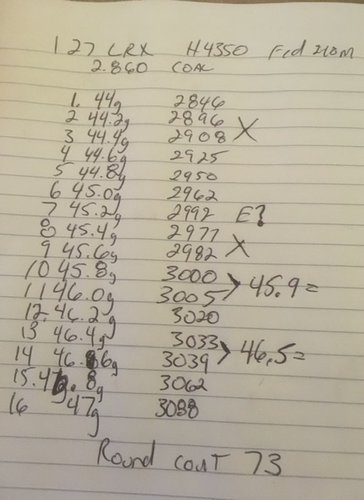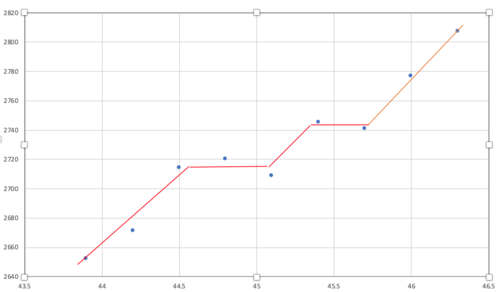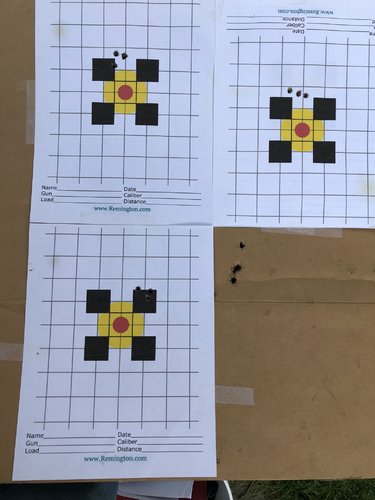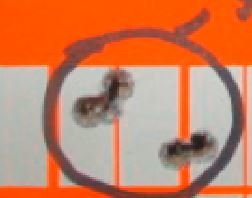diamond hitch
Well-known member
Like many of you I load groups of three at 0.1 gr increments. The groups will open up and then tighten up. Then they will open up again. I load the recipe that gives me the tightest groups. A friend of mine weighs each bullet and finds a number of rejects. I'm not good enough to worry about it to that detail.







